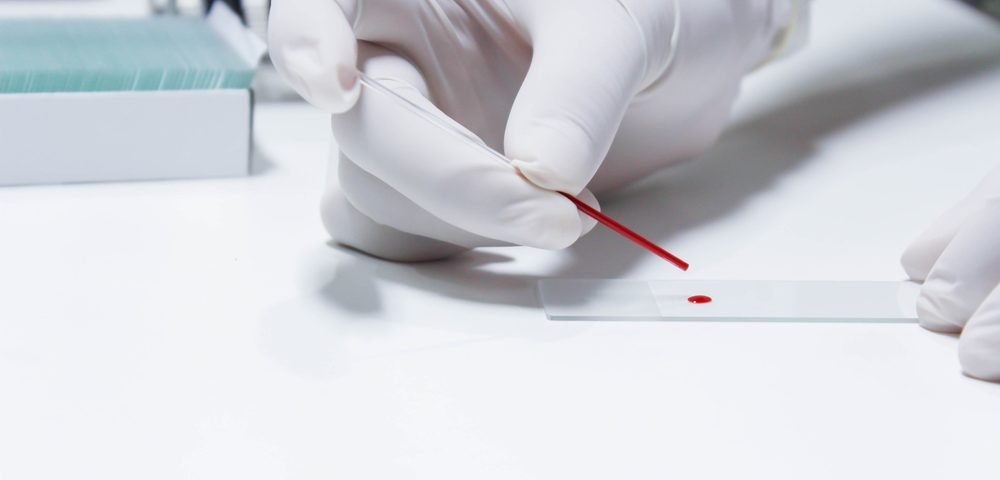Keeping tabs on Gaucher patients’ blood glucosylsphingosine (GlcSph) levels could be an alternate way to keep track of how well treatments are working, a Polish study suggests.
The research, “Plasma chitotriosidase activity versus plasma glucosylsphingosine in wide spectrum of Gaucher disease phenotypes – A statistical insight,” was published in the journal Molecular Genetics and Metabolism.
Tracking plasma chitotriosidase activity has been the most widely used way to monitor Gaucher and other lysosomal storage disorders. One reason is that the enzyme’s activity can be up to 1,000 times higher than normal in Gaucher patients.
In particular, experts say keeping watch on chitotriosidase activity is a good way to check the effectiveness of enzyme replacement therapies for Gaucher.
But the biomarker is not applicable to all patients. Many have a mutation in the chitotriosidase gene that eliminates or reduces the enzyme’s activity, complicating disease assessment.
In addition, roughly 6 percent of Caucasian patients have no enzyme activity at all, while a third have reduced activity.
Doctors have used another biomarker, the chemokine CCL18, as an alternative way to track the disease of patients with these mutations.
Recently researchers suggested that blood plasma levels of glucosylsphingosine (GlcSph) could help doctors decide whether to start Gaucher treatments and determine the best doses.
The molecule is a chemically modified version of glucosylceramide, the fat molecule that builds up inside patients’ immune cells.
Type 1 Gaucher’s patients have high levels of GlcSph. These levels decrease with therapy, the same as chitotriosidase levels do.
Scientists think GlcSph is a more accurate biomarker of Gaucher’s severity since it has a direction connection with the primary disease-causing product, glucosylceramide.
Assuming that GlcSph is a more sensitive biomarker, researchers decided to compare chitotriosidase activity and GlcSph levels in 64 Gaucher’s patients. They measured chitotriosidase activity in plasma and GlcSph activity in dried blood spots.
The team looked at the two biomarkers’ levels in patients with different types of Gaucher, (neuronopathic type 1 and non-neuronopathic type 3), in patients on enzyme replacement therapy, in patients whose spleen had been removed, and in patients with chitotriosidase mutations.
The only connection they discovered was that enzyme replacement treatment leads to a significant drop in the levels of both biomarkers.
They found a very high correlation between the two biomarkers’ levels in patients whose spleen had been removed. But in the other patient categories, the correlation was moderate.
Scientists should do more research on “why the levels of chitotriosidase activity and GlcSph are almost perfectly correlated” in patients whose spleen has been removed, the team wrote.
Another finding was that the higher the dose of enzyme replacement thrapy a patient was receiving, the better the correlation between chitotriosidase and GlcSph levels. The exception was patients taking the very highest dose, where the correlation suddenly dropped.
“One could look for a satisfactory hypothesis explaining this effect, but for now it seems only that the patients to whom a high dose of ERT [enzyme replacement therapy] is administrated are those with severe (maybe irreversible) changes in the disease biomarker levels,” the team wrote.
Since the levels of both biomarkers drop with Gaucher treatment, GlcSph may be just as good as chitotriosidase at helping doctors keep tabs on therapies’ effectiveness, the researchers wrote.


